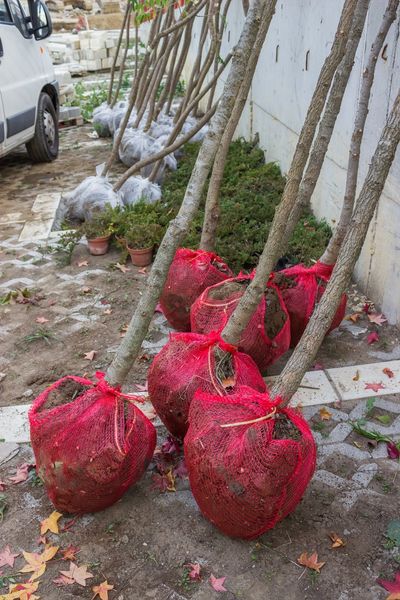Root Ball Information
What is a root ball? All plants have a root ball. This includes trees, shrubs, and even annual flowers. Simply put, the root ball is the main mass of roots located directly beneath the plants’ stem. Though the root ball may consist of several different types of roots, including feeder roots, the root ball in gardening generally refers to the part of the plants’ root system which will be transplanted into the garden or landscape. Where is the root ball? The root ball is located directly under the plant. Healthy root balls will vary in size, depending upon the size of the plant. While some small annual flowers may have a very compact root ball, that of larger plants may be quite big. Proper location of the plants’ root ball is essential for successful transplant and relocation of the plant into the garden.
How to Recognize a Root Ball
In potted plants and seed starting trays, the root ball most commonly refers to the entire mass of roots as they are removed from the pot. The same also applies when growers purchase bare-root plants, such as trees and perennial flowers. In these cases, the entire mass of roots should be planted into the garden. Plants that have become root-bound in containers will especially benefit from transplanting. To do so, simply remove the plants from their pots and then loosen the soil around the roots. The process of teasing the root ball of these plants will promote the growth of the roots, as well as the plant. Locating the root ball in already established garden plantings may be much more difficult. After digging the plant for transplant, it is important to leave the main root section under the plant intact. Depending upon the size of the plant, growers may need to prune and remove some outer feeder roots. Before transplanting, growers should research proper transplant practices for each specific type of plant which will be moved. This will help to ensure the best chance of success.
